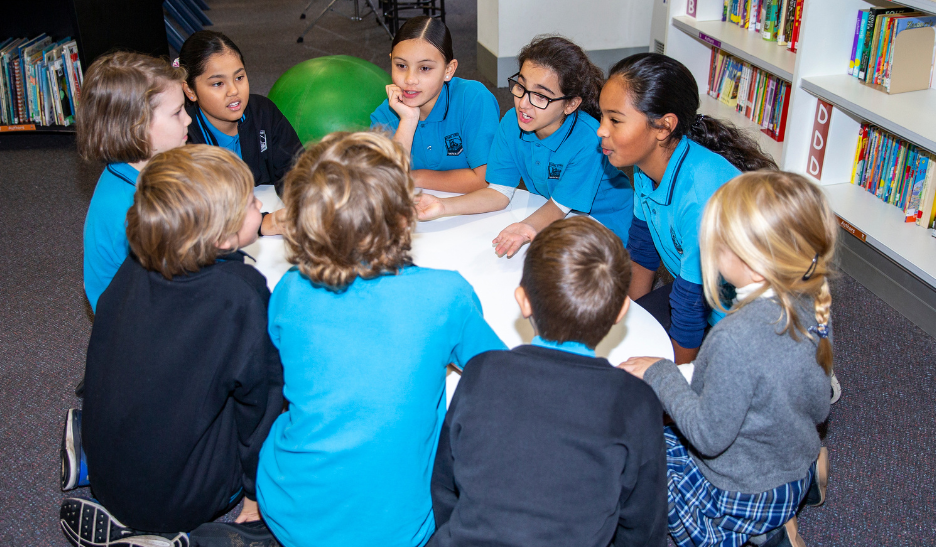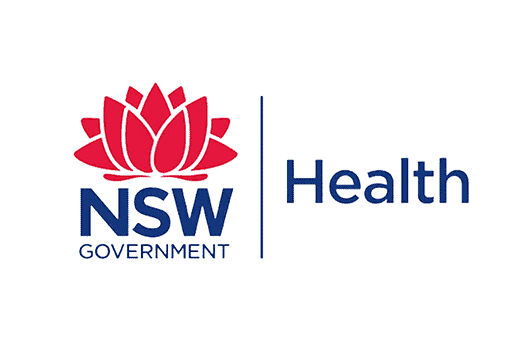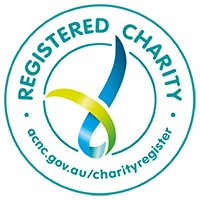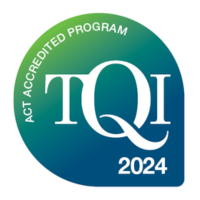Are you looking for ways to build student wellbeing and create a positive school culture?
The Peer Support Program provides an opportunity to grow cross-grade connections, empower students, build resilience, and have fun.
The program also enables students to learn and practise a range of transferable life skills, via structured modules.
Peer Support education expert, Jill Pearman, says that there’s been a significant increase in the number of schools running the Peer Support Program in the past two years. She suspects the program’s growing popularity is partly due to schools trying to rebuild wellbeing after COVID lockdowns.
“The program enables students to form connections with peers and across grades,” Jill says. “It also empowers students to step into inclusive leadership roles, and equips them with skills and tools to navigate life’s ups and downs.”
Here are four ways the Peer Support Program can help improve student wellbeing.
1. Peer Support helps students feel connected at school
Research shows that a student’s feeling of connectedness impacts their attendance, academic outcomes and mental health. In fact, a feeling of connectedness impacts our physical health too.
Jill says that building connections between students is one of the major benefits of the Peer Support Program.
“Students meet weekly in small groups and follow a structured program,” she says. “This format nurtures relationships between peers and across grades.”
Teacher Leeann Hardes witnesses an increase in student connections at Cardiff Public School, after they complete the Peer Support Program each year.
“They started to broaden their social networks and look for those students in the playground,” Ms Hardes says.
2. Students feel empowered
The Peer Support Program is led by senior students in small groups, offering leadership opportunities to all students, including those who may not be identified as traditional leaders.
“The program gives many students the chance to be leaders,” Jill says. “We see young people stepping into Peer Leader roles and delighting teachers and parents with their capacity to lead.”
Ms Hardes agrees.
“The seniors that we were concerned about leading stepped up and, once confident, embraced the opportunity to lead, and you could see their confidence increasing each week,” she says.
“These were the students that would never have volunteered for any other leadership jobs in the school,” Ms Hardes said.
Jill says that students take this sense of leadership into their everyday lives, learning that they can have influence and create positive change.
3. Students increase their resilience
Resilience is made up of many facets, including a person’s ability to bounce back from adversity.
The Peer Support Program helps build students’ resilience by nurturing strong, positive relationships, which in turn helps boost overall student wellbeing.
“A feeling of connection is known to improve resilience,” Jill says. “The program also aims to instill young people with a sense of optimism, which helps them look forward to the future.”
There are different modules that schools can choose as part of the program, including optimism, positive relationships, resilience, and anti-bullying. These resources are available to member schools by logging into the Peer Support website.
4. The Peer Support Program is fun
Students enjoy participating in the Peer Support Program.
“The modules are interactive and engaging,” Jill says. “But it’s also the emerging friendships between students that make the weekly sessions enjoyable.”
According to a recent study by Australian researchers, ‘friends’ is the most-liked aspect of school.
“Friendships help get students to school each day, and are often the highlight of going,” Jill says.
Ms Hardes said the program was a highlight for students.
“The students looked forward to their session each week and would cheer when it was on the daily timetable,” Ms Hardes said. “We have since utilised the groups to engage in education and science week activities.”
“We look forward to running the program next year,” Ms Hardes said.
Improve school-wide student wellbeing
Better support student mental health through a peer-led approach to wellbeing, trusted by 620+ schools Australia-wide.





